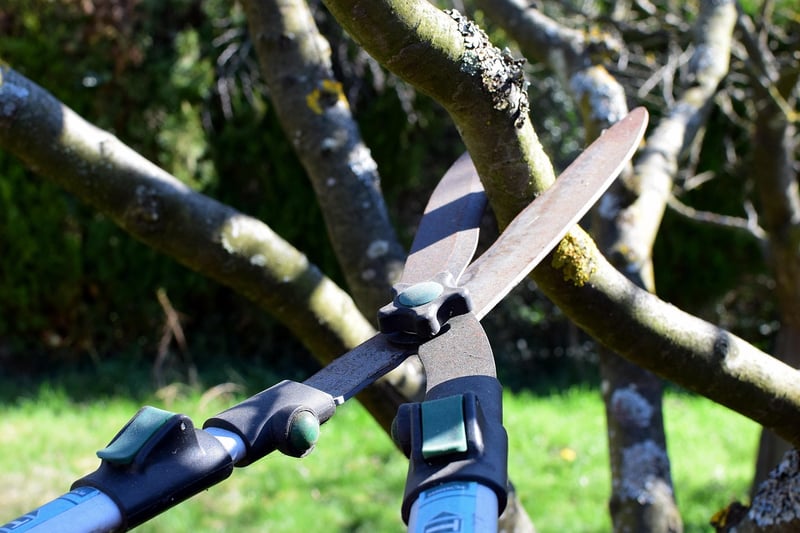Pruning Techniques
Essential Plant Maintenance: Pruning Techniques
Welcome to our guide on plant maintenance and pruning techniques! Proper plant care is essential for keeping your garden or indoor plants healthy and vibrant. One key aspect of plant maintenance is pruning, which involves the removal of specific parts of a plant to promote growth, control shape, and ensure overall plant health.
Why Pruning is Important
Pruning is a critical aspect of plant maintenance for several reasons:
- Promotes plant growth and flowering
- Helps maintain plant shape and size
- Removes dead or diseased branches to prevent the spread of infection
- Improves air circulation within the plant
- Enhances the overall appearance of the plant
Pruning Techniques
There are different pruning techniques that are used depending on the type of plant and the desired outcome:
- Cleaning: Removing dead, diseased, or broken branches to keep the plant healthy.
- Thinning: Removing selective branches to improve air circulation and reduce density.
- Heading back: Cutting back the tips of branches to promote new growth and maintain plant size.
- Pinching: Removing the tips of new growth to encourage branching and bushier growth.
- Shearing: Shaping plants by cutting back new growth to maintain a specific form.
Tips for Effective Pruning
Here are some tips to keep in mind for effective pruning:
- Use clean, sharp tools to make precise cuts and prevent damage to the plant.
- Prune during the appropriate time of year for each plant species to avoid stress or damage.
- Remove crossing or rubbing branches to prevent wounds and promote healthy growth.
- Step back and assess the plant before pruning to visualize the desired outcome.
- Prune conservatively and gradually to avoid over-pruning and shock to the plant.
Conclusion
Proper pruning is a key component of plant maintenance that can help keep your plants healthy, beautiful, and thriving. By understanding different pruning techniques and following best practices, you can enhance the growth and longevity of your plants while maintaining their aesthetic appeal.
Remember, each plant species may have specific pruning requirements, so it's essential to research and understand the needs of your plants before pruning. Happy gardening!

